Click here to read Teams as a Platform (TaaP), Part 1.
In Part 1 we explored What TaaP is, what it can be used for and the latest announcements from Microsoft concerning Teams. Now in part 2 of this blog we will explore some of the roadblocks and reasons why customers have not yet adopted TaaP and ways to solve these problems. For most customers, their first year of using Teams was just about deployment, adoption, and getting more comfortable with the tool. Now that customers are comfortable with Teams, they should think about how they can use Teams to the fullest and move their legacy business processes to this new platform.
Roadblocks
Skype for Business- the elephant in the room. Microsoft has set a date of July 31, 2021 to sunset Skype for Business. Customers need to move to Teams in order to take advantage of this new collaboration and application development tool. Having been an O365 service owner for a large shared O365 Tenant, a couple of concerns come to mind on why we hadn’t developed in Teams yet. The two major issues we experienced were the lack of governance controls and the ever-changing license model for Power Apps and Power Automate. Over the last 6 months Microsoft has made great strides in both areas trying to resolve these concerns and getting customers closer to starting to adopt TaaP.
Governance
To solve some of the Governance issues, Microsoft launched the Power Platform Center of Excellence (COE) starter kit. Click here for details. While it’s not your “one-stop shop” for all things Governance, it does answer many questions on how to provide a framework for setting up Governance within the Power Platform. It is strongly recommended that you have a Governance plan in place before implementing the Power Platform and developing in Teams. The COE provides a set of templates to help you gain insights and develop a strategy for adopting and maintaining the Power Platform. As of May 2020, a new PowerBI dashboard was developed to provide analytics for the following areas, Monitor (oversight of tenant resources), Govern (drive actions through insights), and Nurture (learn about your community).
Licensing Confusion
We all know that licensing can be confusing, particularly as Microsoft introduces or rebrands products. To solve some of the licensing confusion about Power Apps, Microsoft created an FAQ page to detail out the new license model. However, customers need to be aware that the old licensing model is still in place until their next Enterprise Agreement renews. Pricing for Power Apps can be found here where it is updated regularly. Finally, the new COE will give you insights into your grandfathered apps by checking your licensing designation for an app. In July, Microsoft announced Dataflex but you may see it listed as “Project Oakdale” until Microsoft changes the name. See part 1 of the TaaP Blog for more details about Dataflex. With the launch of Dataflex, each Team will have its own environment for native Teams integration to develop model driven apps, their own relational database (CDS), and Power Virtual Agents. In summary, pricing for Power Apps remains the same, but you now get additional capabilities in Teams thanks to Dataflex. For details about what is included in the new Dataflex licensing check out this link.
How do you get started with TaaP?
Regardless of why you haven’t yet taken your first steps to develop in Teams, the following guidelines will get you back on track and are items you will need to address.
- Get off of Skype for business as soon as possible.
- Extend your O365 Governance to include Teams and the Power Platform. Strong governance is paramount and will be needed BEFORE these services take off. Governance and insight into what is being done in your tenant will be imperative to your success. Planet has a proven track record creating governance and building insights if you need assistance.
- Understand your use cases. Start with a small Pilot. In order to start creating use cases, check out Microsoft’s page on mapping your use cases to the Teams App capabilities located here.
- Finally, don’t start from scratch. Use the tools and templates available to you. Power App Studio, C#/.NET, NODE.js, and Visual Studio.
Summary and next steps
Due to remote work and the COVID Pandemic, now is the time to start piloting and utilizing TaaP. As always, if you need help in getting started on your journey to use TaaP, book a session with your cloud strategist here.
For a full review on Build 2020, click here.
For a summary of key features that are coming soon, see the Teams Announcements at Microsoft Inspire.

